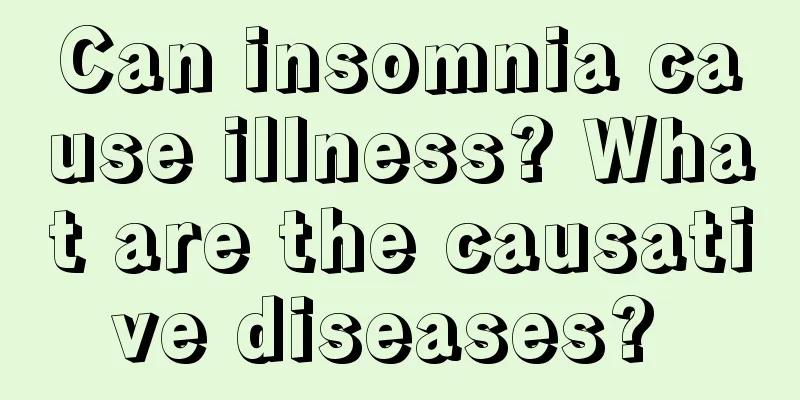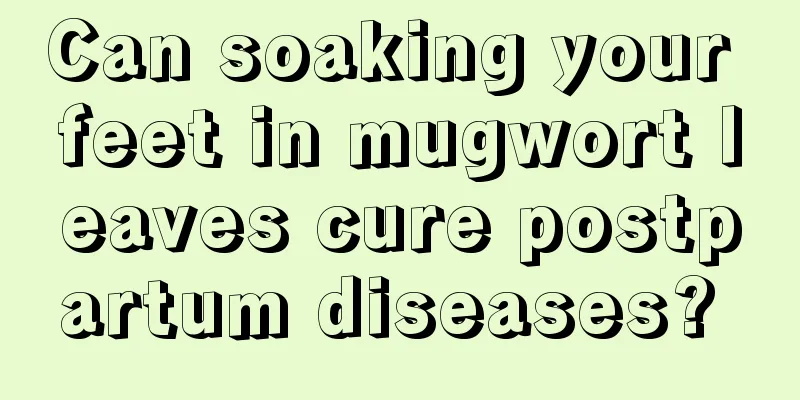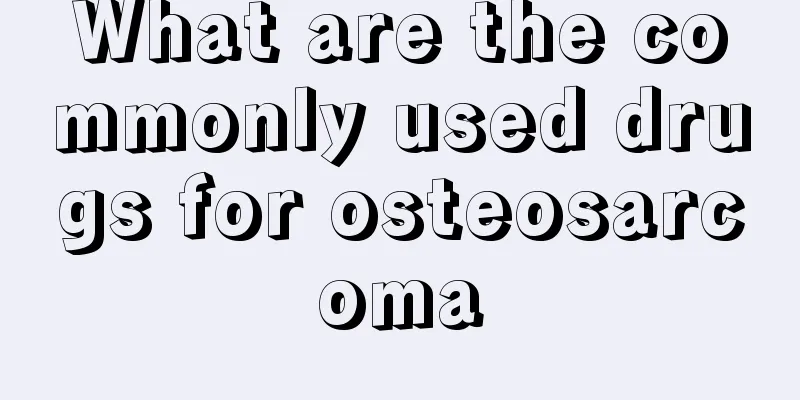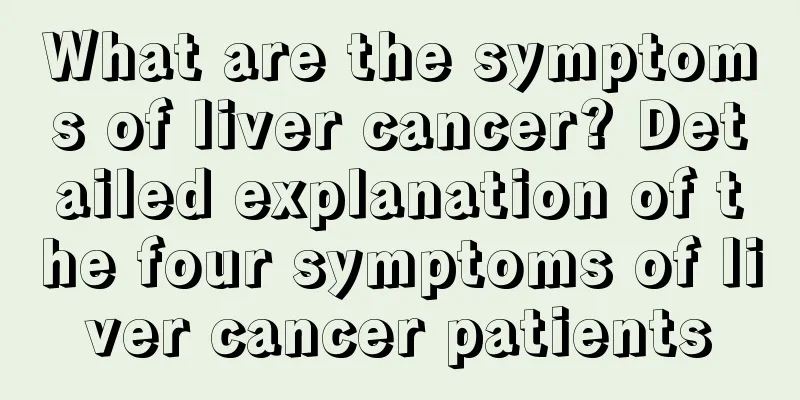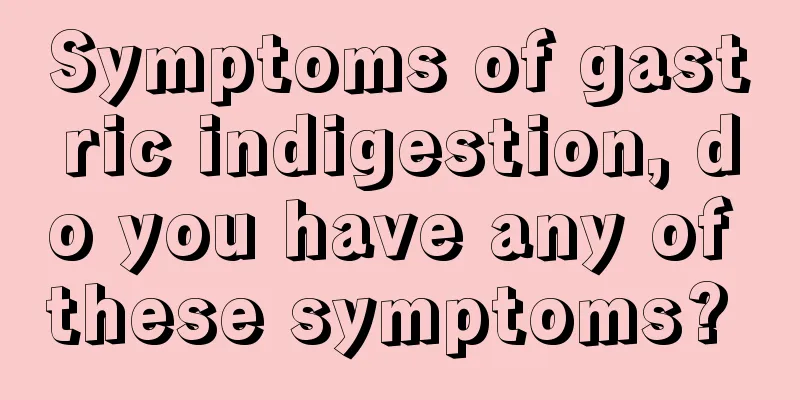Morita therapy for insomnia

|
Insomnia is a problem that many people have. If the quality of sleep at night cannot be guaranteed, the physical condition of the next day can be imagined. If it cannot be improved for a long time, it will have very serious consequences. There are many ways to treat insomnia. Morita therapy has a good effect in treating insomnia. If ordinary methods are not effective, you can try this method of treatment. Let’s take a closer look at the situation. Morita Shoma believes that "neurotic" symptoms are purely subjective issues, not objective products. It is caused by the mental interaction in the mental activity process triggered by the patient's hypochondriacal constitution. In other words, hypochondriasis is the basis for the onset of neuroses such as neurasthenia, obsessive-compulsive disorder, anxiety attacks, and various phobias. People with hypochondriacal constitution have strong bottom-up desires, hoping to be healthy, happy, and strive to improve themselves, but they also have strong introspection and often worry about their health, life safety, and mental peace. They often mistake the feelings that ordinary people may experience in certain situations, such as dizziness when overusing the brain and palpitations when nervous, as illnesses and become fearful and nervous. The more one focuses on these "symptoms", the more acute the feelings become and the more severe the "symptoms" become, forming a vicious cycle, which Morita calls mental interaction. Under its influence, patients fall into a state of inner conflict, developing neurasthenia and neurotic attacks. Morita himself had been weak and sickly since childhood, with obvious neurotic symptoms. He wet the bed at the age of 12, and after the age of 16, he often suffered from headaches, rapid heartbeats, fatigue, and other symptoms of neurasthenia. He had contracted typhoid fever in junior high school. Although he sought medical treatment from many places and insisted on treatment, he had little effect and was always worried about his health. Until his freshman year in college, he was tortured by his symptoms and found it difficult to persist in his studies. With the exams approaching, he felt unable to cope. In depression and anger, he had thoughts of suicide, so he gave up all treatment and studied hard all night long. The results were unexpected: the test scores were very good, and the various symptoms that had plagued him for years were cured without any treatment. From this, he realized that his previous illnesses were all imaginary and that there was no illness at all. Morita also believed that there is an antagonistic effect in human mental activities, similar to the mutual regulation of flexors and extensors. For example: In a certain situation, an idea, emotion, and intention will also produce opposite ideas, emotions, and intentions to regulate people's behavior. Morita called it psychotropic effect. For example: when you are afraid, you often feel afraid; when you are praised, you feel guilty; when you have the thought of disrespecting someone, you will think that the thought is wrong and deny it, and you will stop thinking about it because speaking out the thought will bring misfortune. The existence of this antagonistic effect can ensure people's mental stability and constant sense of security. Therefore, any normal person will have ideas that are inconsistent with his or her own rationality, but they are fleeting and leave no trace. For people with hypochondriasis and excessive antagonism, once these ideas appear, they will stubbornly repeat them and repeatedly control them, forming an antagonistic opposition. Through mental interaction, obsessive-compulsive disorder occurs. In addition, Morita believes that people with hypochondriacal constitution are "perfectionists". They often form "ideological contradictions" between desires and reality, between "it should be so" and "it is so". They try to solve these contradictions that cannot be solved by reality, and take a subjective and demanding attitude towards objective reality, which makes the symptoms more and more serious. From this we can see that the formation mechanism of neurotic symptoms in Morita therapy can be summarized as follows: due to the existence of hypochondriacal constitution, neurotic symptoms are formed through mental interaction under the influence of accidental events. The fundamental cause of neurotic symptoms lies in the strengthening of mental antagonism caused by the desire to control objective facts with subjective wishes. |
<<: Bloodletting to treat insomnia
>>: What is the effect of baking soda and vinegar
Recommend
A good way to lower blood sugar
Patients with diseases such as diabetes and hyper...
Symptoms of gallbladder cancer patients before death
In recent years, gallbladder cancer has become on...
What is the reason for eyebrow loss
Everyone's eyebrow growth is different, and s...
How to put on makeup when eyes are wide apart
Some people say that makeup artists are like magi...
How long will the yellow color last for bile duct cancer
The jaundice caused by bile duct cancer usually i...
How to judge whether cervical cancer tumor is not under control after radiotherapy
Tumor radiotherapy is a method of treating malign...
How should patients with liver cancer eat well? Patients with liver cancer should know these dietary taboos
There are many types of cancer, and liver cancer ...
How long is the shelf life of a whole pack of cigarettes
In life, many people like to smoke, but smoking i...
What medicine should I take for sore throat caused by nasopharyngeal cancer
What medicine should I take for sore throat cause...
Self-diagnosis method of esophageal cancer
Esophageal cancer is not a new word in clinical p...
How to eliminate tension and fear
Tension is a common emotional expression in the h...
What is the purpose of glucose injection at night
Glucose is an important basic substance needed by...
Prevent gastric cancer from your diet!
The occurrence of gastric cancer is the result of...
Can applying potato slices externally reduce inflammation?
I believe many people are familiar with the infla...
What is the effect of drinking light salt water on an empty stomach in the morning?
Some people are used to drinking a glass of boile...

